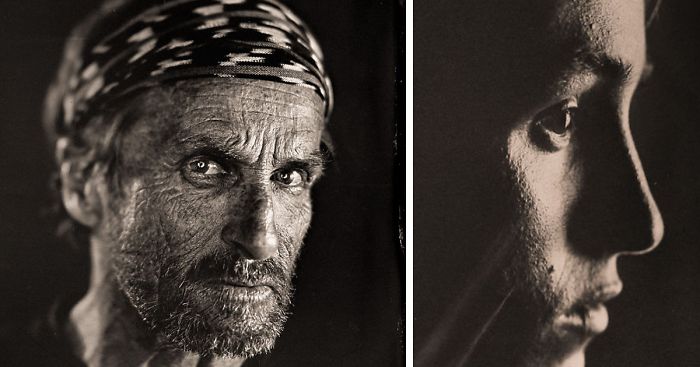
We Used An Insane Amount Of Flash Power And A Victorian Age Photo Process To Create These Portraits
I am a wet plate photographer, originally from the UK, but living and working in New Zealand as a GP. I am working with a studio photographer to make portraits with the Wet Plate Collodion Process. Over the period of the last 6 months, Luke White and I have been creating ‘The Auckland Project’ – a series of photographic portraits to document the faces of Artists, Actors, Musicians, Models and Creatives from New Zealands largest city. Our aim was to light the portraits in a way that would lend to the character and the face of the sitters. We considered light first, then power needed afterwards.
The ISO of wet plate collodion is between 0.5 and 2, depending on how old the solution is. As a result, making portraits with artificial light is quite difficult and you need A LOT of power. Fortunately we had access to Broncolor studio packs and heads to give us the 12,000w/s and more or power needed to shape the light through high end modifiers such as those produced by Chimera Lighting and Mola Softlights. We made the images in New Zealands largest photographic studio, Kingsize Studios. It takes 20 minutes to make one image, so Luke and I had to be efficient and co-ordinated. I was the ‘alchemist’ preparing the plates and developing them and Luke worked the light, with the assistance of commercial photographer, Lee Howell. It was quite an effort and the process was along the lines of this: (1) 1-2 months in advance – scouting for suitable sitters and arranging them to arrive on a certain date. Once confirmed a draft lighting plan was constructed based on their physical attributes and personalities. (2) 1-2 weeks in advance – preparing materials such as the glass and metal plates, chemicals, cameras and lenses.
On the day – The sitter would arrive and Luke would ‘check their faces’ and clothes to ensure the lighting plan was suitable. Lee and Luke would ensure the light was metered correctly while Paul would prepare a single 4×5 plate, either glass or metal. The sitter would be either shown through the process or put at ease with general chit chat. Once the plate was ready, the sitter would be asked to adopt and hold a pose. The final focus was made with the 4×5 monorail camera by Paul and in a co-ordinated manner, Paul opened the shutter and Luke popped the blinding 12,000w/s + to punch out an impression on the silver coated plate of the sitter. Then it was time for the sitter to rub their eyes, and watch Paul develop the image in his temporary darkroom. The final images are one of a kind physical objects made from silver and light. They are archival and will last alot longer than you or me!
More info: paulalsop.com
Mick – Actor
Thomston – Musician
Elizabeth – Actress
Florian – Director
Natalie – Model
Sal – Musician
Damian – Musician
Luke and Paul discussing tactics
Image credits: Lee Howell
Luke and Paul making a portrait
Image credits: Lee Howell
Developing the plate in the darkroom
Image credits: Lee Howell
The chemicals
Image credits: Lee Howell
The impressive modifiers available at Kingsize Studios
Image credits: Lee Howell
Some of the haul, one image every 20 mins!
Image credits: Lee Howell
8Kviews
Share on Facebook
 Dark Mode
Dark Mode 

 No fees, cancel anytime
No fees, cancel anytime 






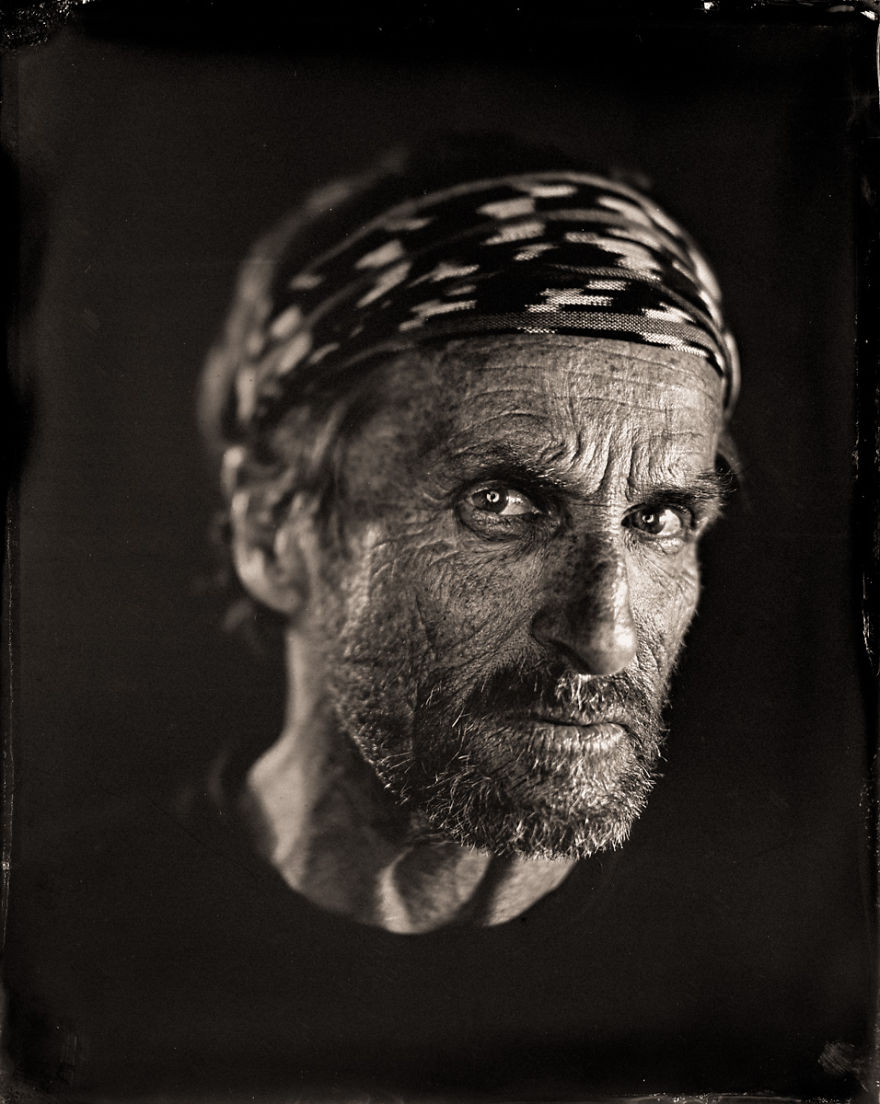
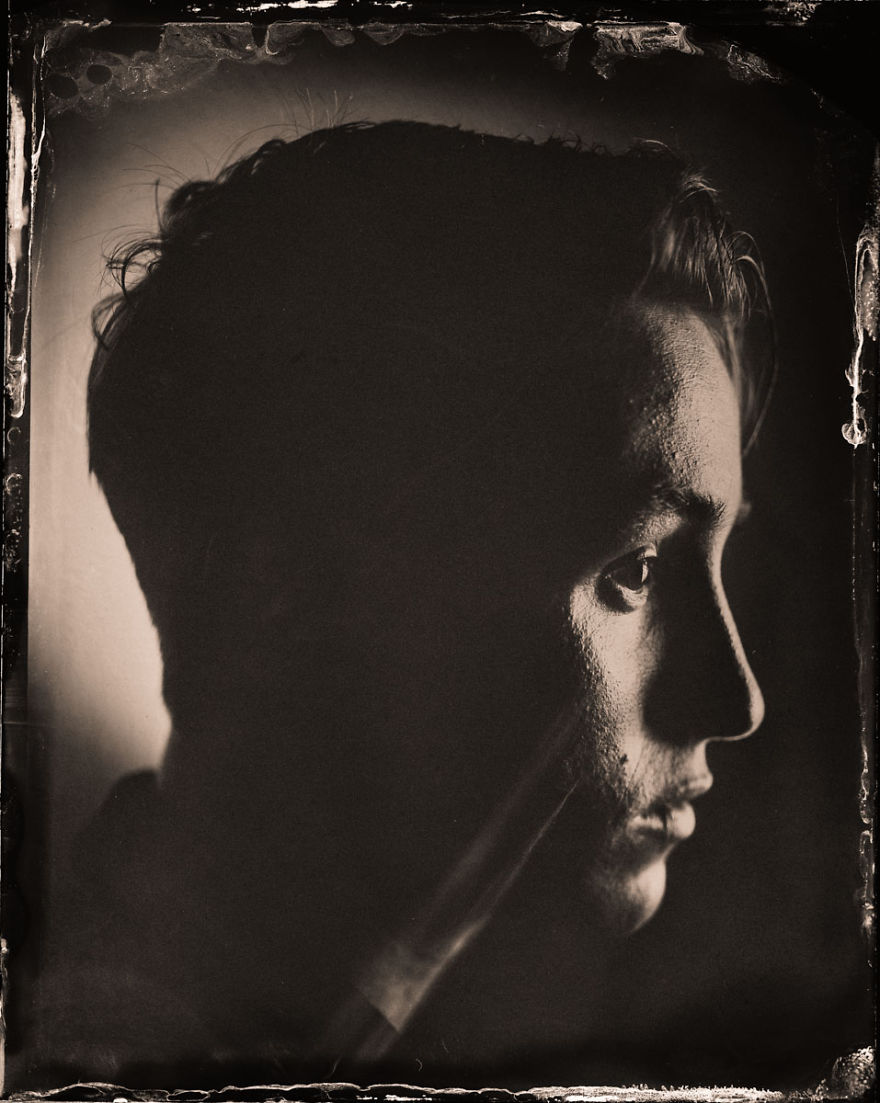
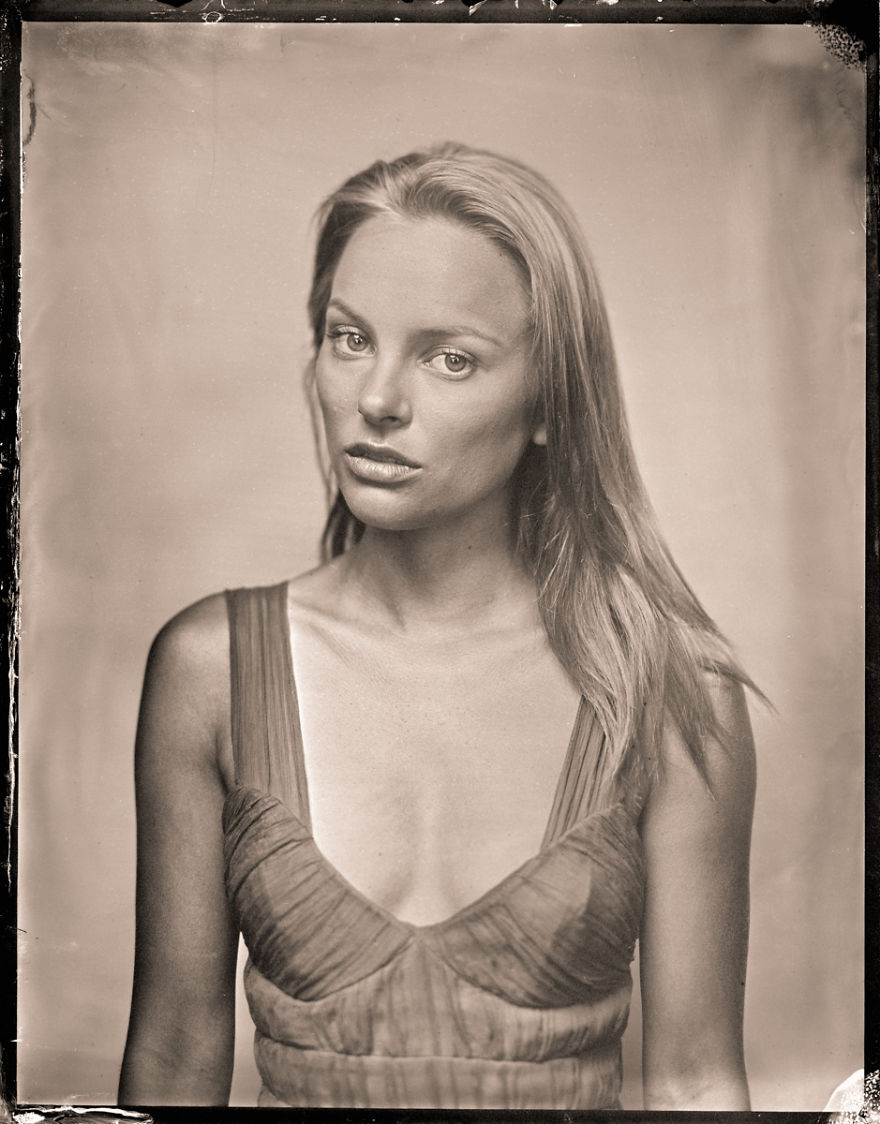
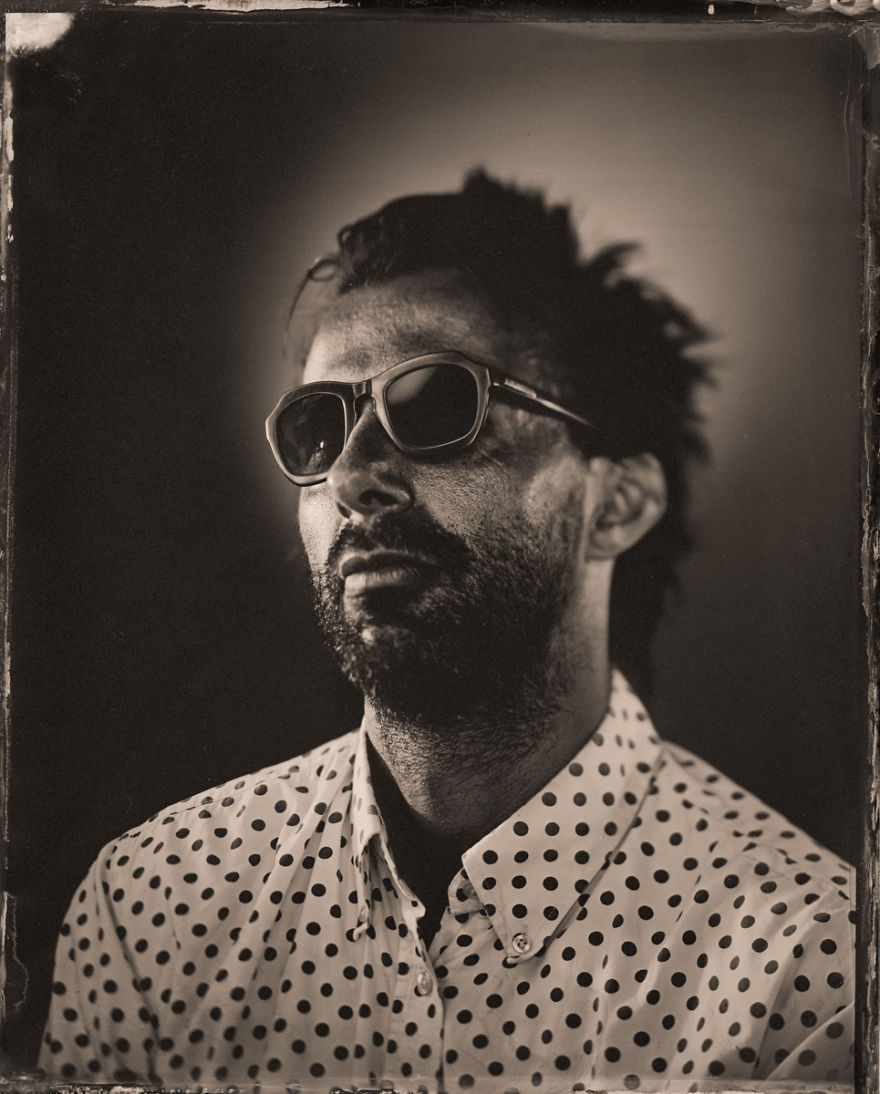

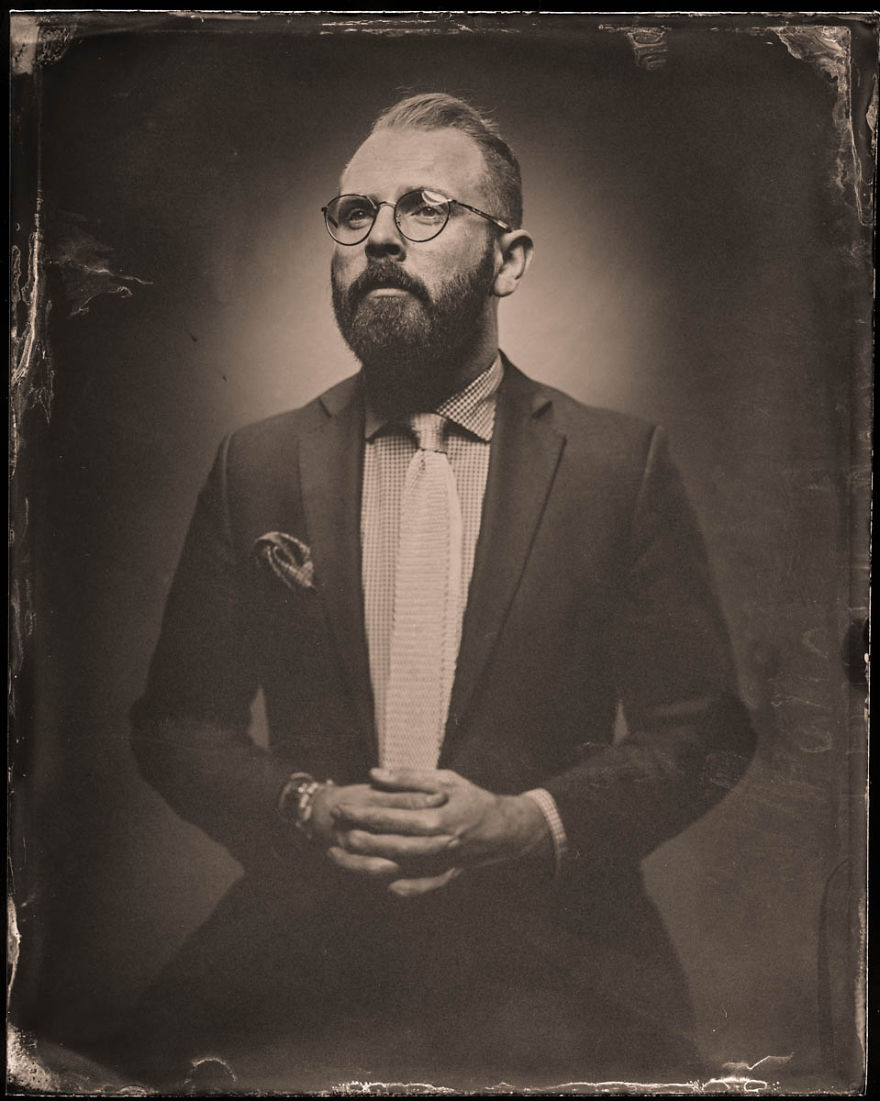
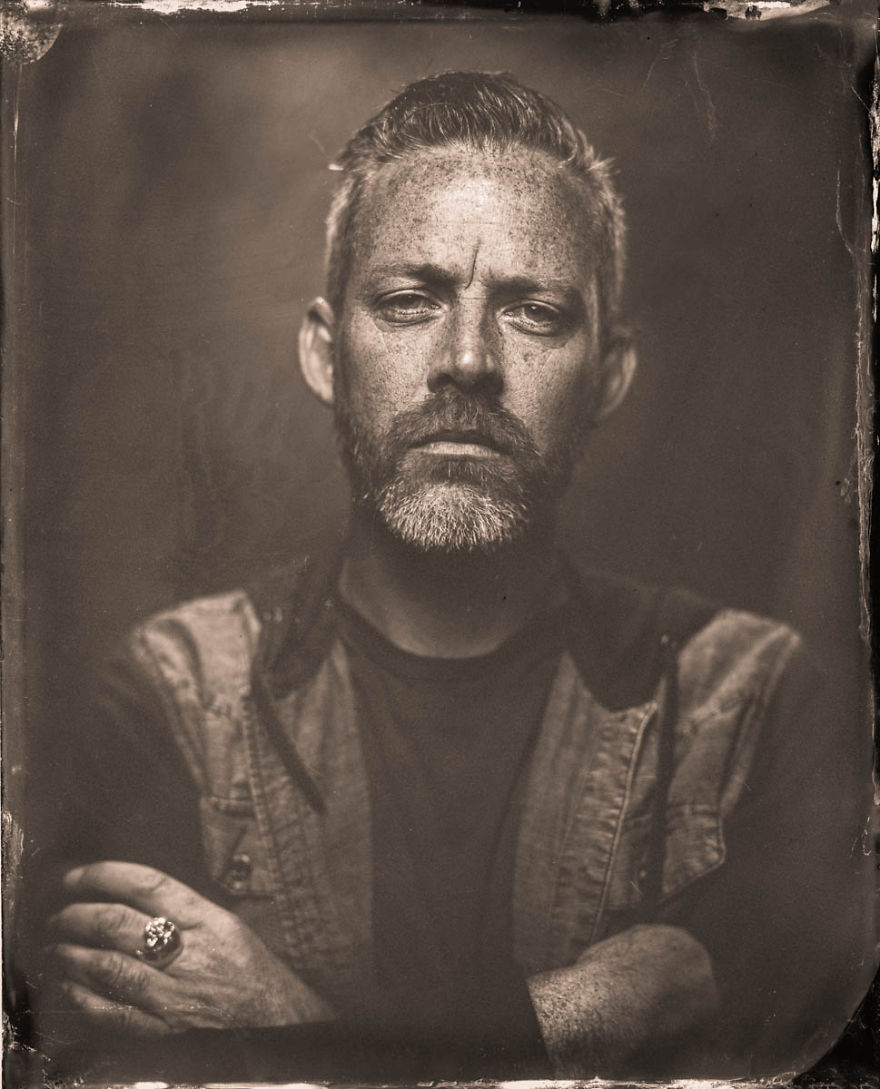
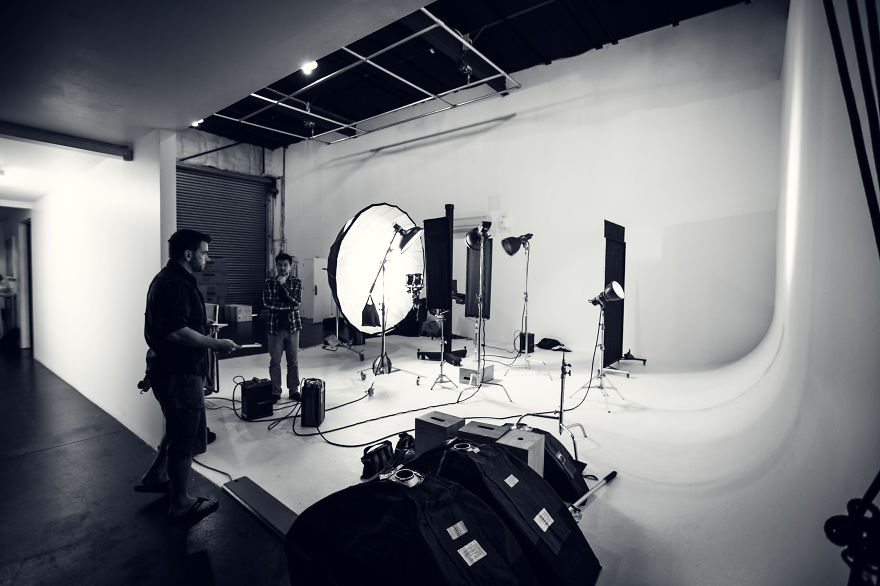
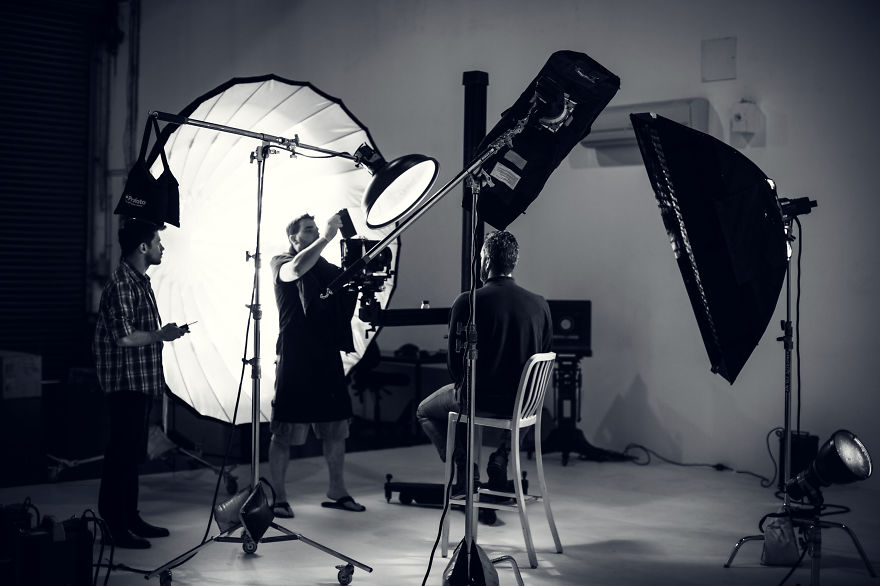
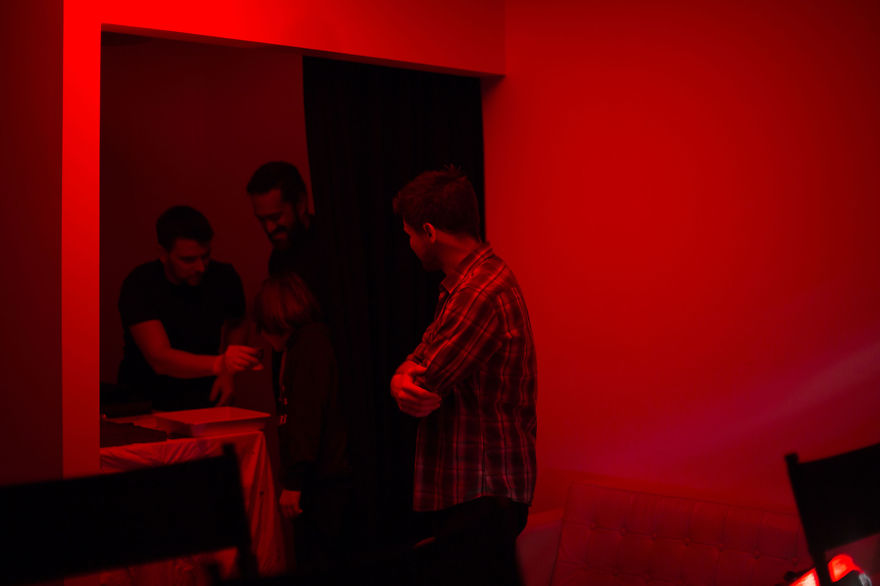
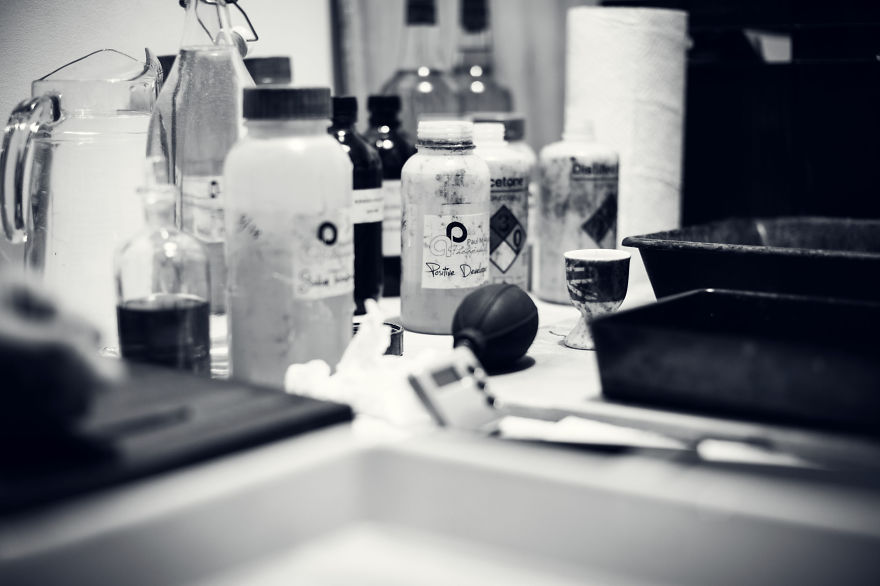
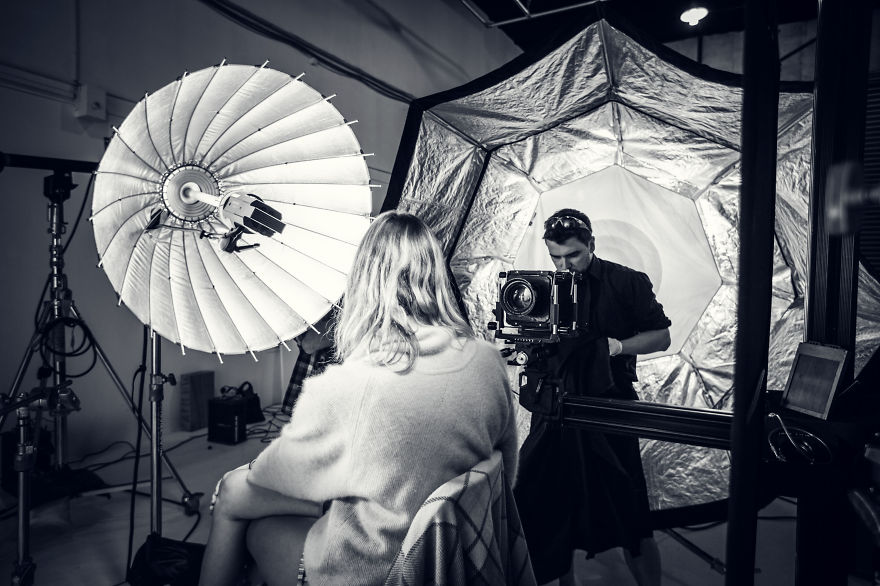
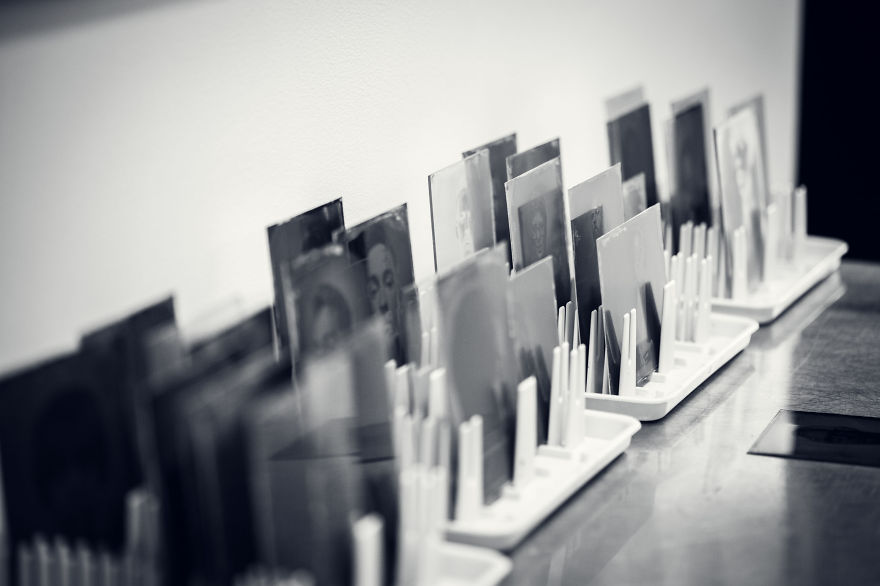
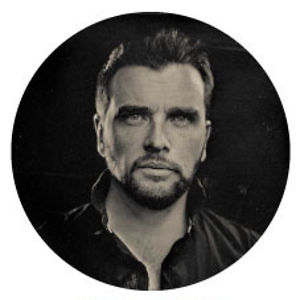







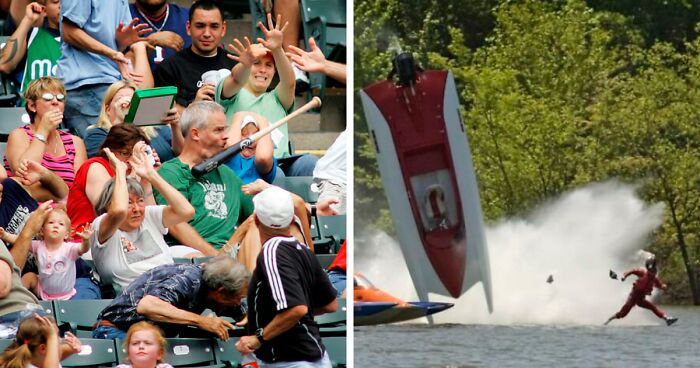


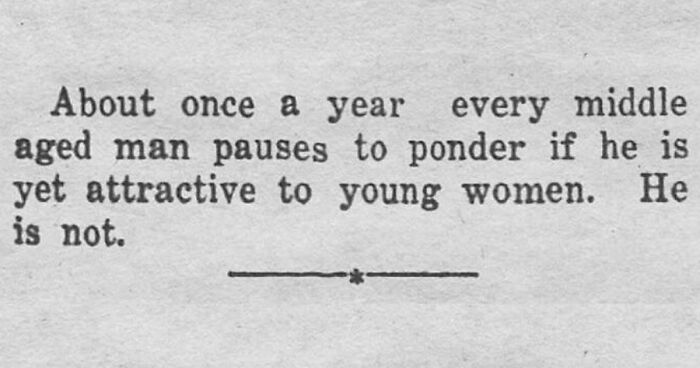































94
2